
Technology - Current Affairs and GK
Q1: In which year was the first practical accurate atomic clock with caesium atoms invented?A 1948
B 1950
C 1953
D 1955
ANS:D - 1955 The first practical accurate atomic clock using caesium atoms was invented in 1955 by physicist Louis Essen and his colleague J. V. L. Parry at the National Physical Laboratory (NPL) in the United Kingdom. This groundbreaking development marked a significant milestone in the field of timekeeping and precision measurement. The caesium atomic clock operated based on the principles of atomic physics, utilizing the vibrations of caesium atoms to define the second with unprecedented accuracy. Specifically, it relied on the fact that caesium atoms resonate at a frequency of 9,192,631,770 cycles per second, providing a highly stable and reliable time standard. The invention of the caesium atomic clock revolutionized the field of timekeeping by providing a means to measure time with extraordinary precision, which was crucial for various scientific, technological, and navigational applications. Prior to this, timekeeping was limited by the accuracy of mechanical and quartz clocks, which were less stable and more prone to drift. The caesium atomic clock enabled the development of highly accurate and reliable time standards that are essential for modern telecommunications, global positioning systems (GPS), and other technologies that rely on precise time measurements. |


For help Students Orientation
Mcqs Questions
One stop destination for examination, preparation, recruitment, and more. Specially designed online test to solve all your preparation worries. Go wherever you want to and practice whenever you want, using the online test platform.

